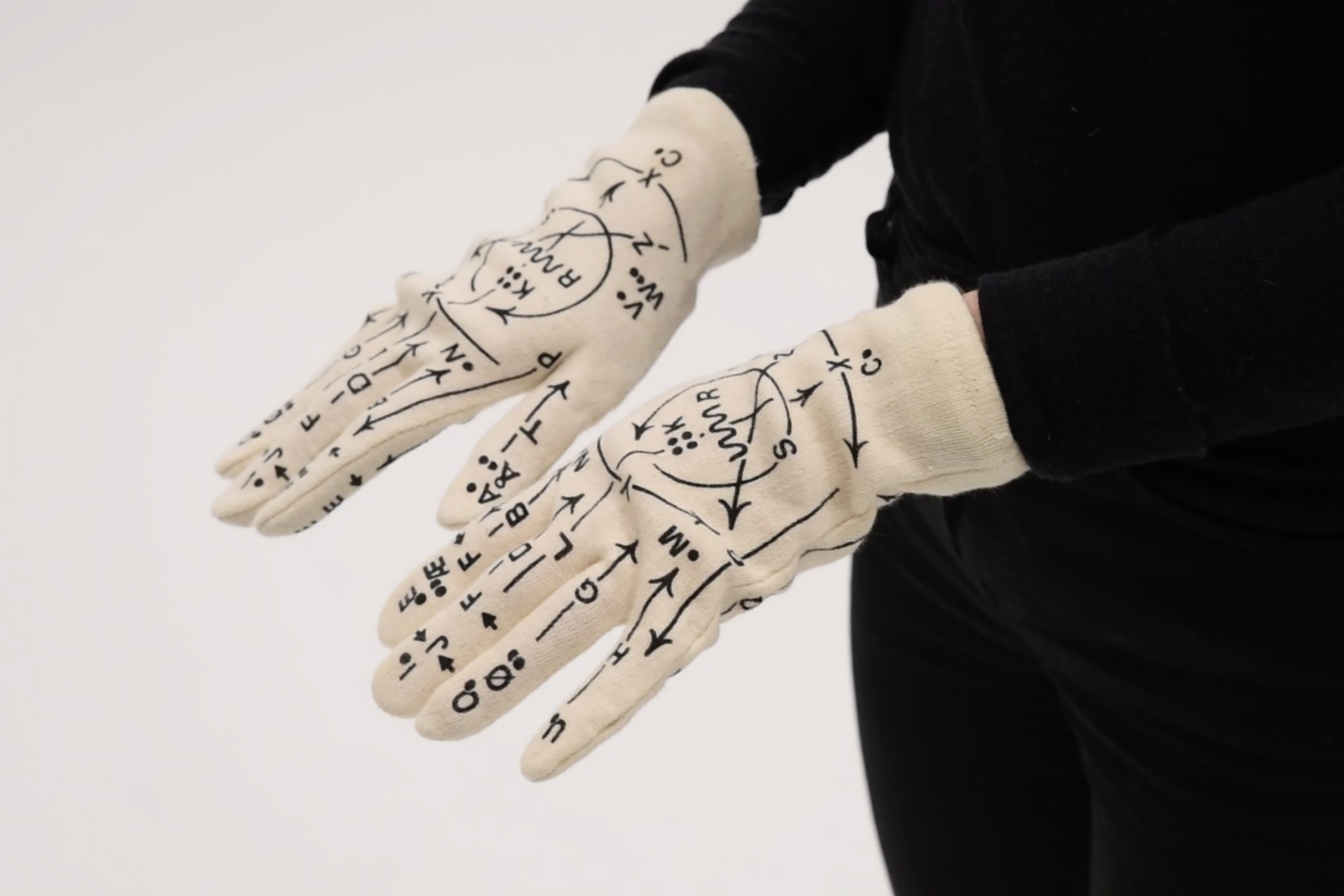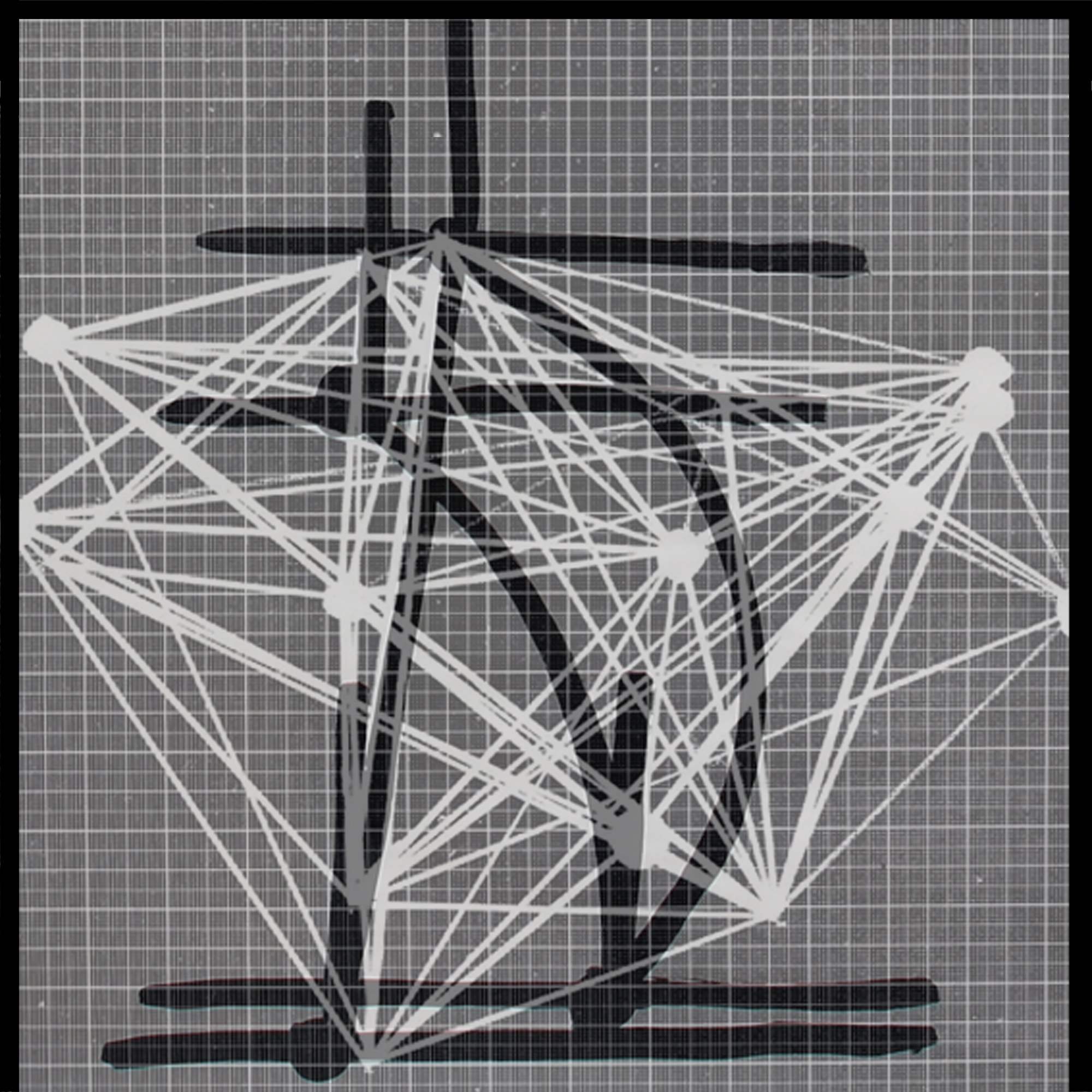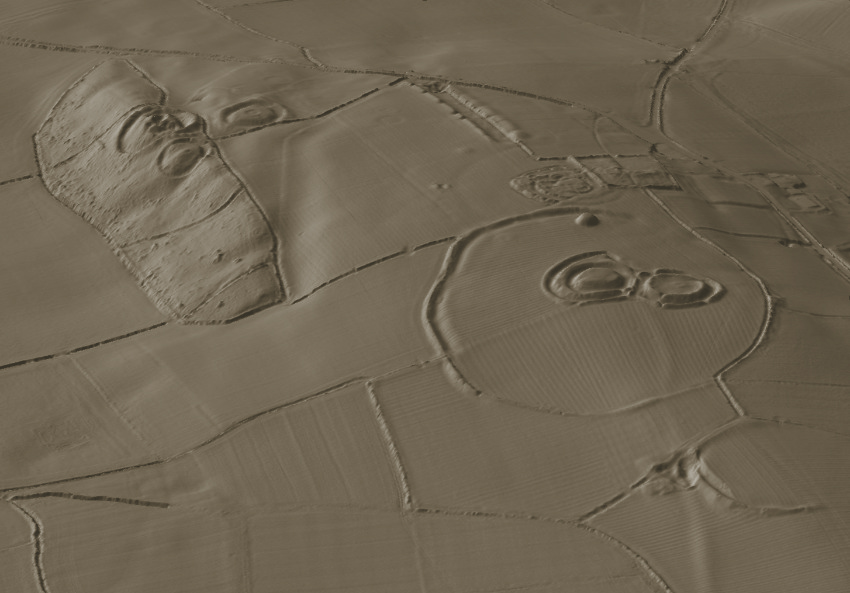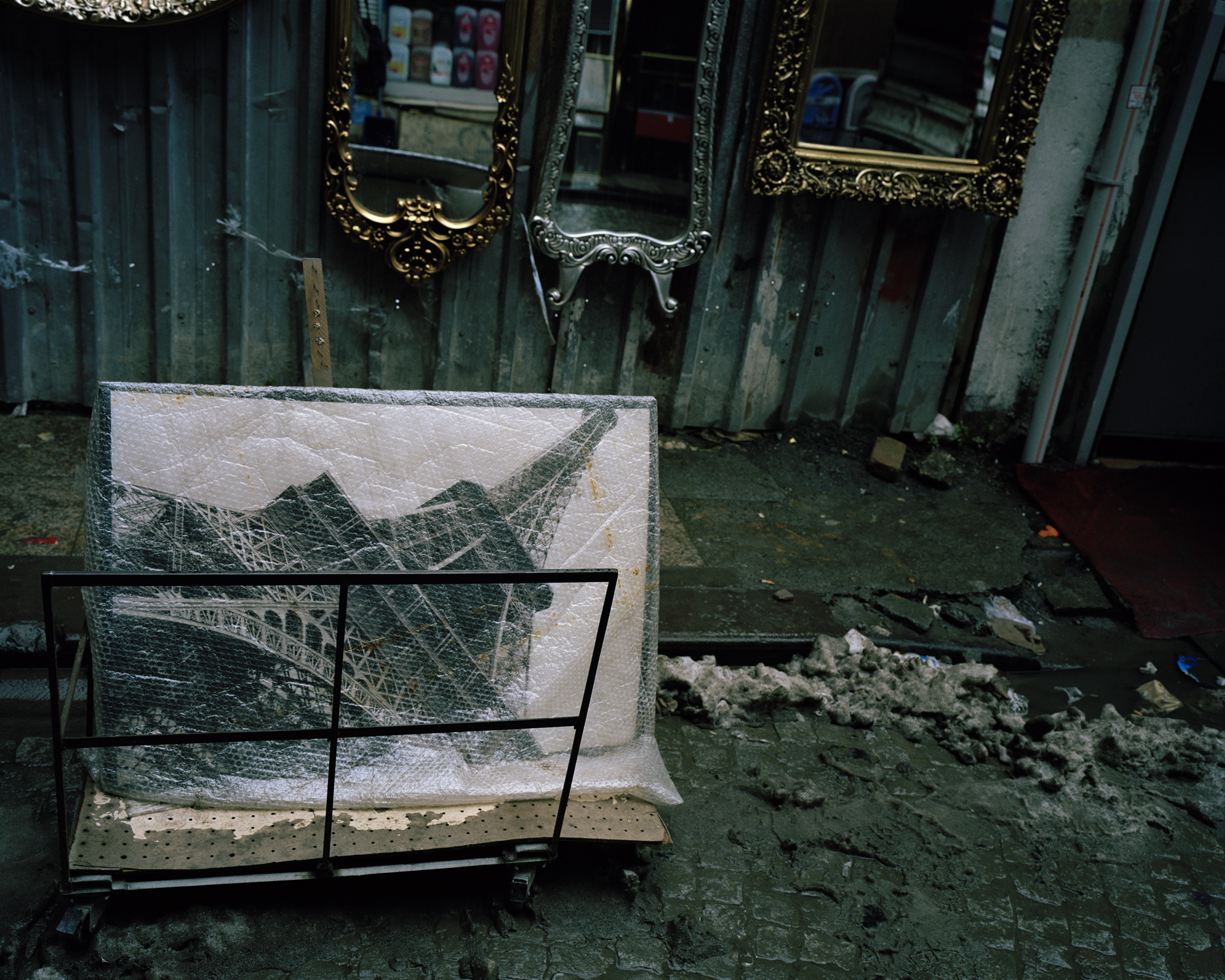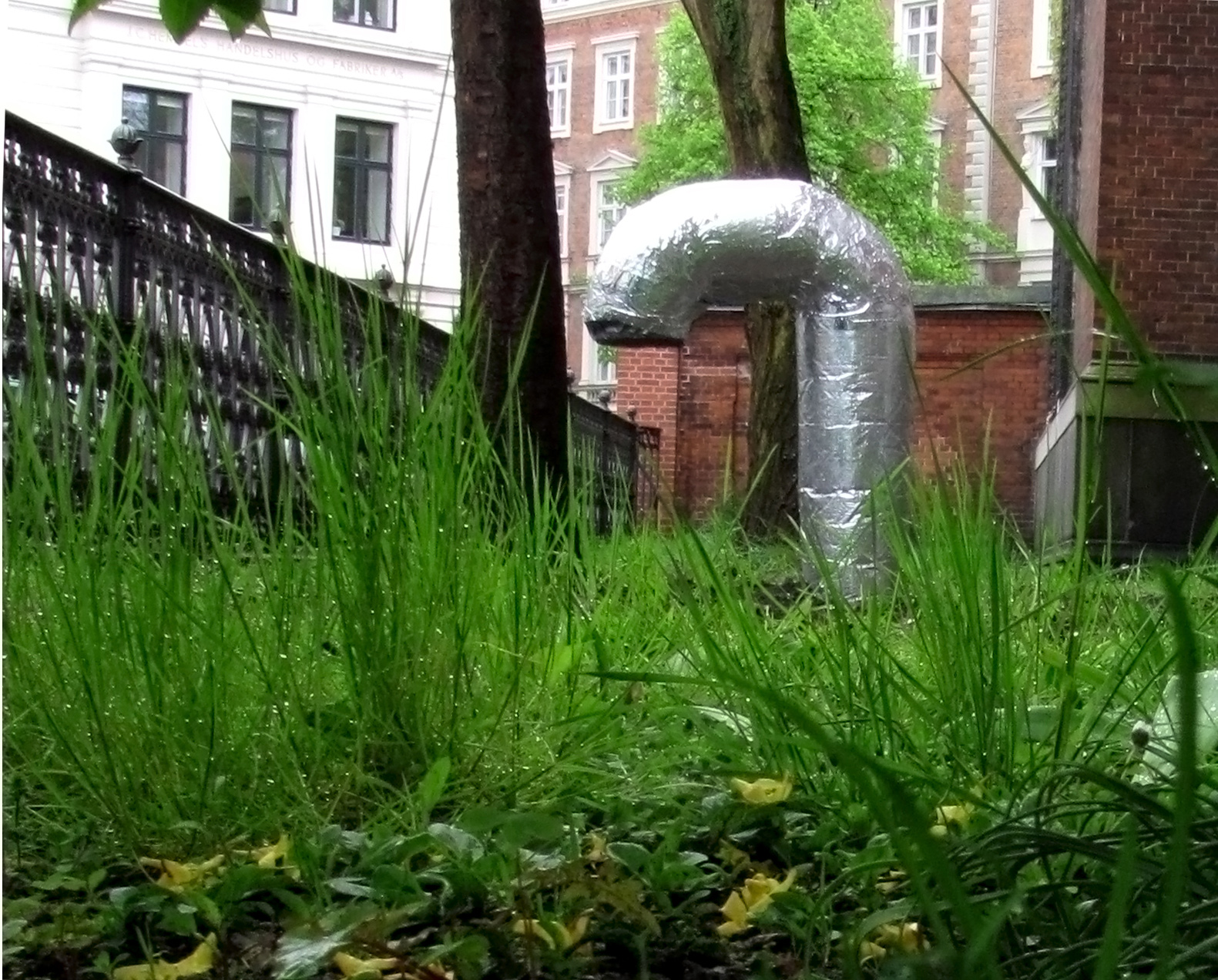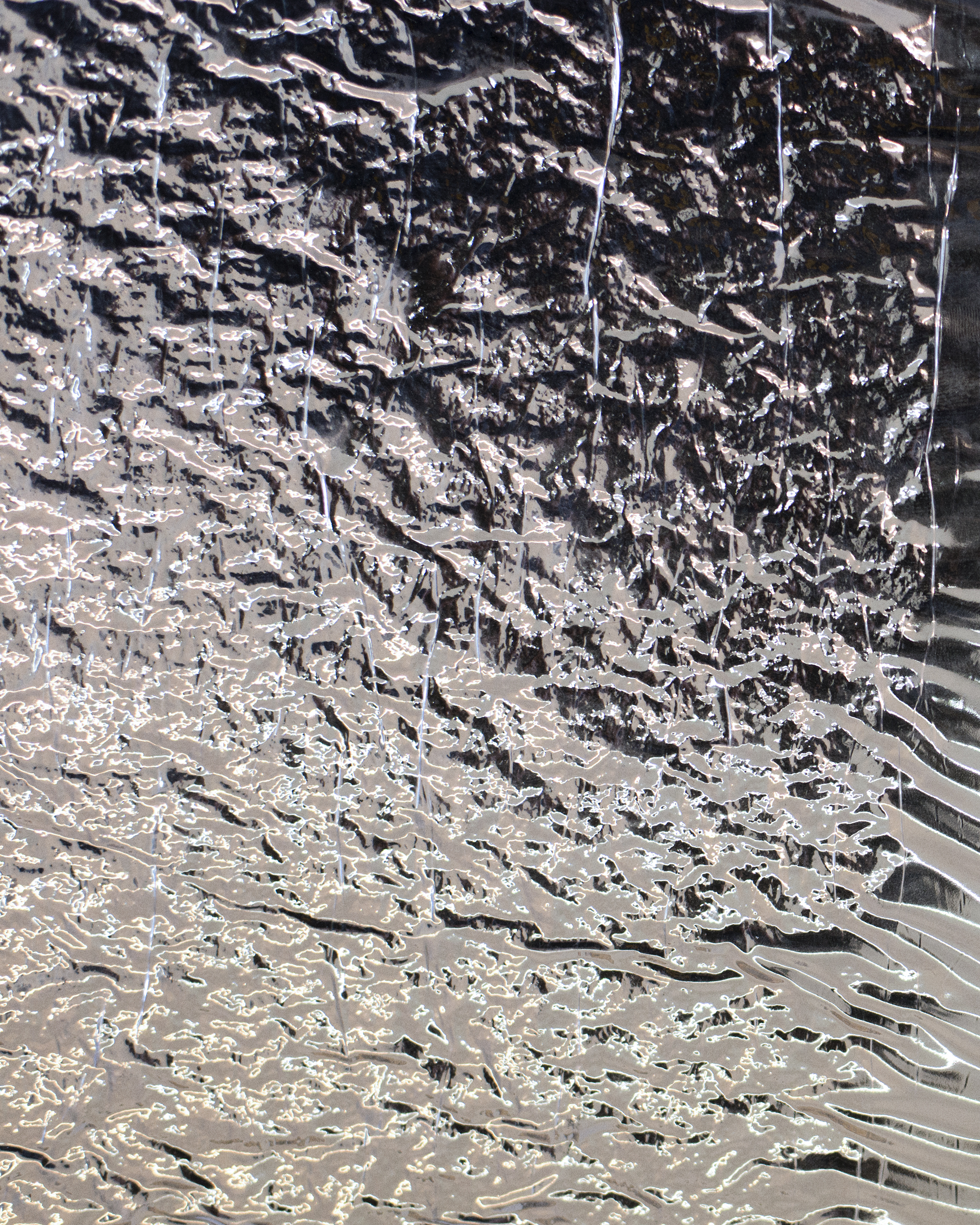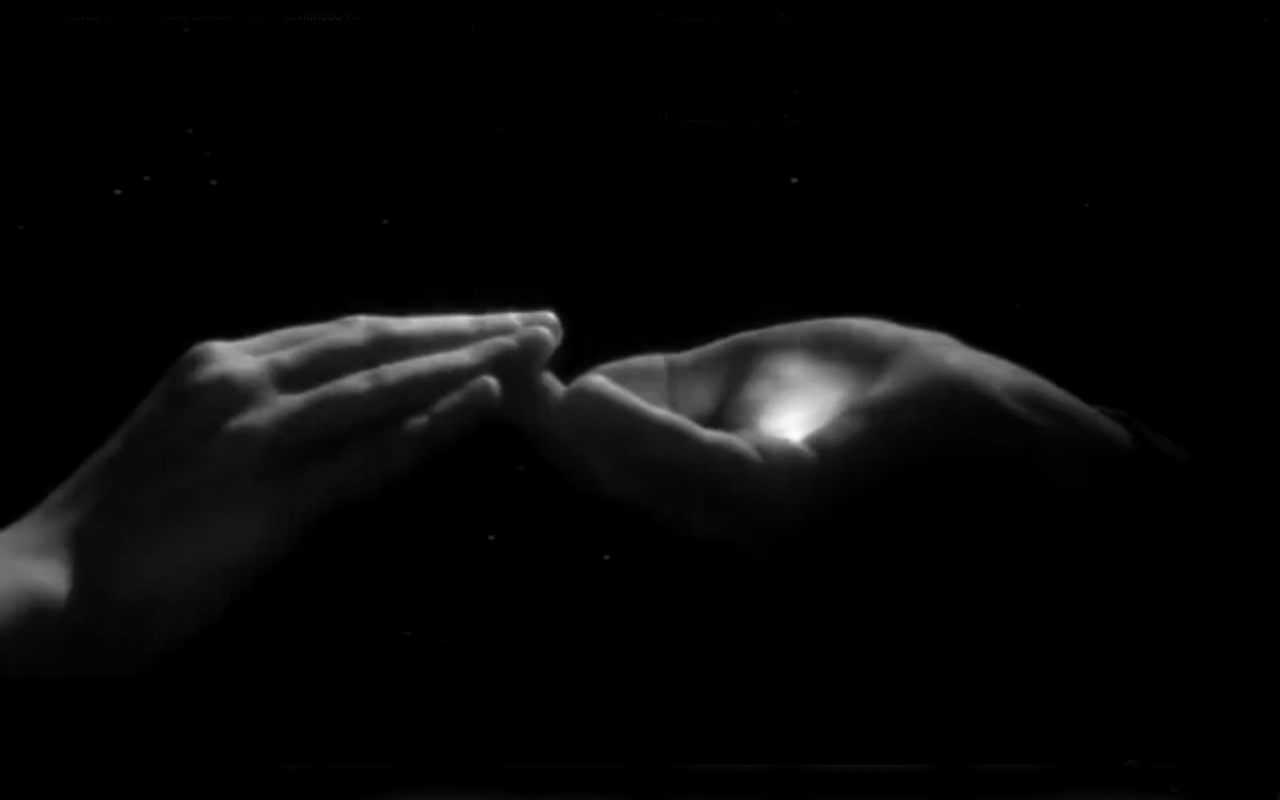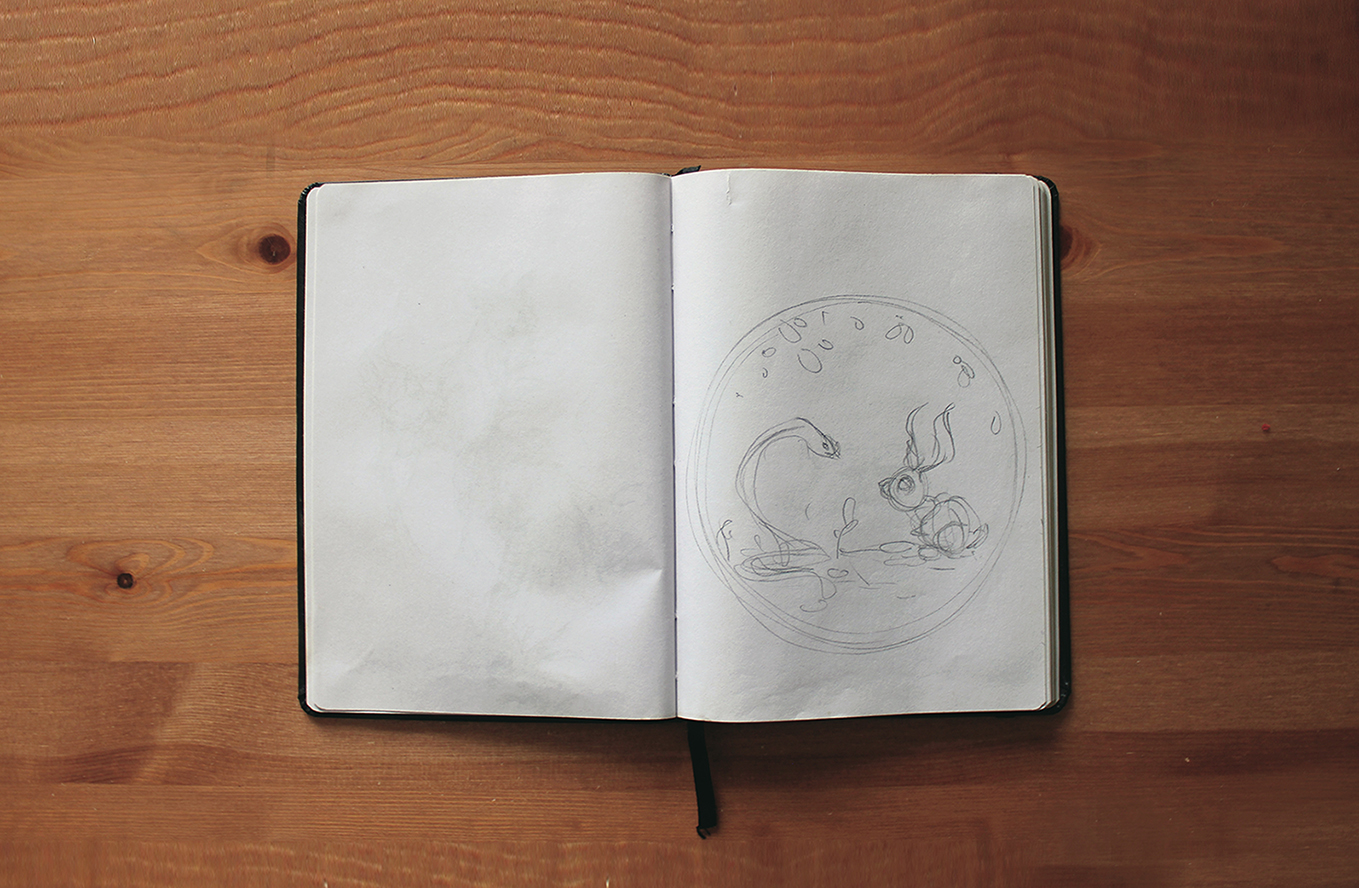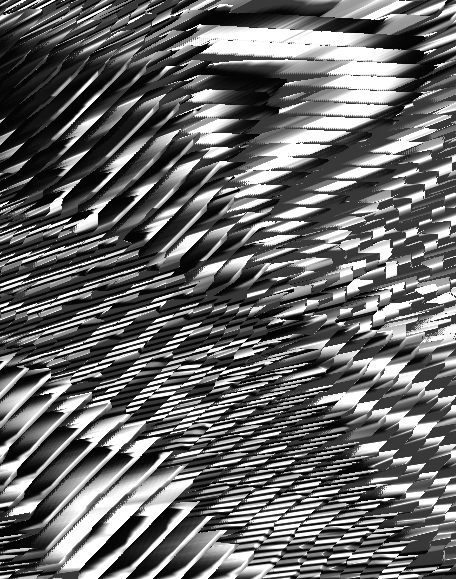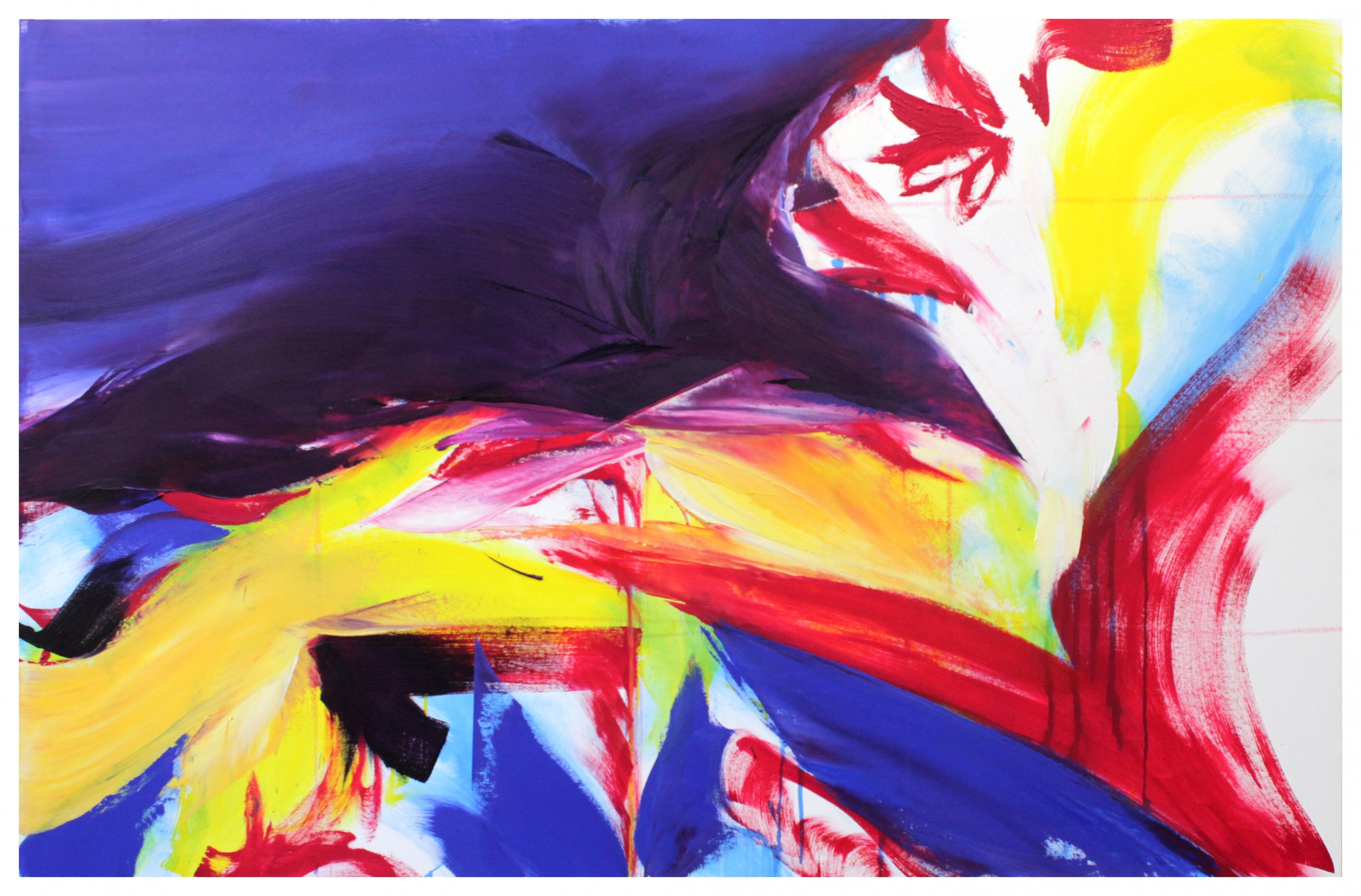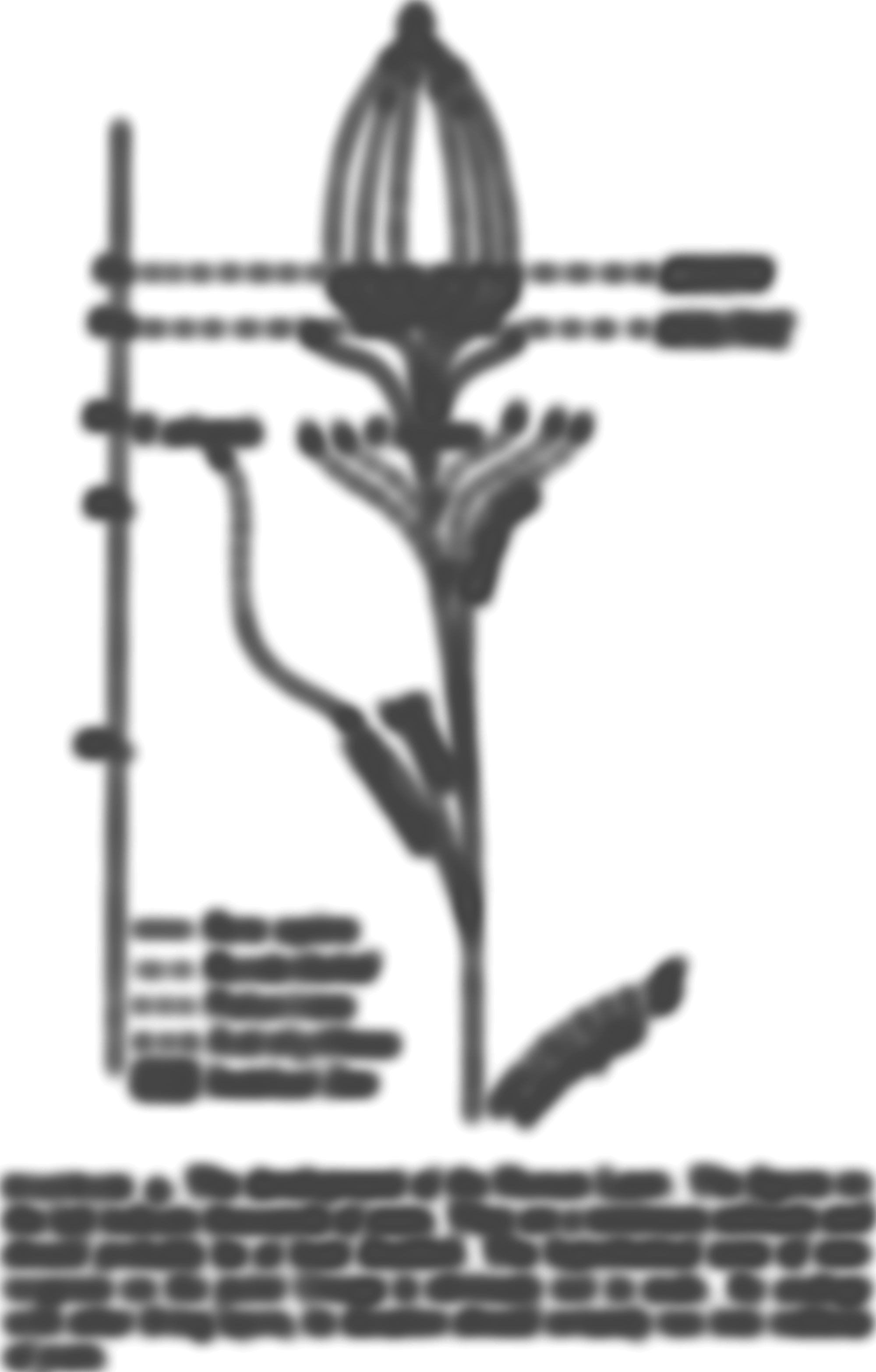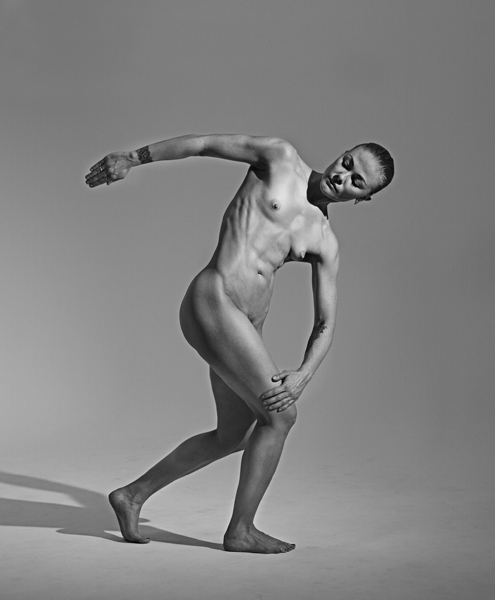

TO HAVE SOMETHING OF MINE
– Caspar Eric Christensen
What does it mean to have a private collection today? It has to do with ownership. Within the frames of modern capitalism however, ironically, most of what I have, I don’t really own. Likewise these are my words even though they are not really mine. 1
Words are something or some thing that has been given to me, just like my name (this burdened center of ‘who I am’) is something that i am given. And from here i too give words, as a human (haha), that has mythically, in the garden, defined itself as ‘the great namer of things’: Words as a frame within which the images of the world are organized and made understandable to us. And vice versa. This is one way of grasping the images of plants in A Private Collection; named and held down, talking back, or indeed growing, as they are exhibited. There is an irony at play here, which is not just the basic irony between language and material things. There is some sort of irony of the private: The things I have, even though they also have me. Like memories, like desire
To be private can denote, says the internet, something that is removed from the eye or knowledge of the public. It can be something that is unexpressed, or it can be something belonging to me, and me only. The difference within these definitions really come down to a question of power. The question of some body choosing privacy, or indeed, being ascribed privacy.
Here this is yours, could you hold this for me, this is your responsibility now.
Your body is your own buisness.
My private collection, could both be the things I choose not to share, or, it could be, that I am unable to share. The irony of A Private Collection is, that nothing is ever really private. The power of it is that it refuses to just be something that is what it is, to stay out of sight, out of mind etc. (as if forgetting is ever a thing one can have agency over). “Collection” reminds me of memory or remembering and recollecting – gathering information and forcing them into a specific system. A certain way of framing reality, or a specific mode of ‘seeing and unseeing’, to use some of the notions in Judith Butlers chapter from Frames of War (2009): ”Torture and the ethics of photography”. The ethics of showing something otherwise (or normally private might be to say: What is mine is yours.
In A Private Collection the system of what gets to appear within the frames of the work seem to be: plants and flowers sharing its signifiers (in the most involuntary sense of that word) with those of a sexual scene: naked ladies, touch-me-nots, forget-me-nots, vanilla, rape, maidenhair tree and obedience. Or actually maybe these are words of something touched or untouched. Rape in this respect the most provocative piece: Cut out (!) from bedsheets it transfers its sense of violence, a sense of abuse and of attack to the rest of the collection. Not unimportantly the images that make up the collected work seem to underscore the act of transferring, being as they are a (im)print of material that has been transfered from one surface, or body, to another. What they share is a certain type of specificity, emphasized by the different modes of physical framing, leaving me with a feeling of being a violent looker, forcing the images in to some kind of limited and limiting meaningfulness. 2
The sexual plant life (yes) theme has to do with violence, pleasure and intimacy. There is a kind of story here, which is also the story of how pleasure and power is distributed within the cultural landscape. Neither word nor image can escape their destination of being locked up together. It is not, however, a question of either or in this respect. Naked Ladies are not not Naked Ladies. But they are not just naked ladies (for one, they are actually “Nøgne Jomfruer”). They are also just what comes up in some cultural search engine algorithm.3 Just like a private collection is never just private. It is also something, whether as a heavy piece of jewelry, that we have been given. A Private Collection is, in this sense, an ironically distributing mode of sensibility towards pleasure or aesthetics.4 The aesthetics of powerful vulnerability or the pleasure of unpleasent beauty, forcing its way through space, with a new sort of ruthless irony: An irony that, in the poetic5 sense of Donna Harraway, may entail that it matters what matter matter matters or indeed, here, now, what frames frame frames; A skeptical way of looking at fx how plantnames and the role of the woman as a sexual object is connected.
1 And here this isn’t really my language, if my language is Danish, as if my language is some thing which I am to master, as if I am not the one mastered, tuned and recorded.
2 I have some sense here of something, like the figure of the sobject described by Vanessa Place in Allegory and The Archive (2011) as:” the witness that witnesses something it is witnessed by”. Albeit I cannot be entirely sure which witness I am here.
3 http://lmgtfy.com/?q=cultural+algorithm /or check out Boris Groys inhttp://stankievech.net/projects/counterintelligence/workshop/Groys-Boris_Google- Documenta13_2012.pdf
4 I would recommend here reading fx Ironic Ethics (2012) by Franco ”Bifo” Berardi, describing irony as ”suspension of meaningfulness of the signifier”
5 It is poetry, because it is ‘not not poetry’ said Vanessa Place just before ending ”Conceptualism is feminism” with a Gertrude Stein inspired ”Let me tell you what poetry preaches, poetry preaches”. And now let me tell you what frames frame: frames frame, just like plants plant and images become invisible.
Caspar Eric Christensen is a Danish poet. He has a Master of Arts in Comparative Litterature from the University of Copenhagen. He most recently published 7/11 (2014), Gyldendal
——
Mimosa pudica
Touch-Me-Not
——
What is your favorite fantasy?
I asked her.
I do not know.
She answered.
You can say anything you want.
She hesitated.
You are wearing a light blue shirt. It is buttoned up all the way. I move as close as I can to you without touching you. I can feel your warm breath against my neck. With my right hand I unbutton your top button. I have not told you, but you know you are not supposed to touch me. You are standing still, breathing heavy warm breaths of air on my neck while I slowly, one hand only, unbutton the rest of your shirt.
——
Physostegia virginiana
Obedience
——-
I was not wearing anything. He was wearing jeans and a t-shirt of old out washed cotton. The white color had taken on a grey hue. The material was so thin that any tear would make it rip. Around the hem of the neck there were small holes. I stuck a finger through one of the holes, expanding it.
Did this annoy him?
I asked her.
Yes.
She answered.
What happened then?
Then he kicked his espadrilles. Also them, soft on his feet. He unbuttoned his jeans and dropped them to the floor. I could see his erection through the soft outworn fabric. I put my hand on the white cotton, starting on the bottom moving up. When I reached the top, where his penis had made a small wet spot on the briefs, I moved my hand over the elastic band, gripping his warm dick.
Then we fucked.
Do you have any more details?
I asked.
When I came he stuck one finger into my mouth.
——-
Brassica napus
Rapeseed
—–
I once walked past a man I was so attracted to, that without thinking I turned around and followed him. Catching up to him, I gently moved my hand across his chest up towards his left shoulder. Then I pulled his t-shirt aside so I could see his veins. I looked him in the eyes, before moving behind him. Then I bitt his neck.
And afterwards?
I asked her.
I walked away.
She answered.
——-
Colchicum autumenale
Naked Ladies
——-
We bought clothes by the pound. People were sneezing, bending over huge containers filled with pants, shirts, sweaters and shoes. Some of the other shoppers were wearing facemasks to protect themselves from the dust.
I bought a turquoise silk and wool top with white buttons. Outside the store I put it on. The top had a hole right next to my left nipple. I was not wearing anything underneath it, and stuck a finger through the hole.
One more time.
He said. His head was next to mine on the sofa. I was reading aloud.
We bought clothes by the pound. People were sneezing, bending over huge containers filled with pants, shirts, sweaters and shoes. Some of the other shoppers were wearing facemasks to protect themselves from the dust.
I bought a turquoise silk and wool top with white buttons. Outside the store I put it on.
I slowed down my reading. The salvia in my mouth made small clicking noises when I moved my tounge.
The top had a hole right next to my left nipple.
I was not wearing anything underneath it.
I stuck a finger through the hole.



